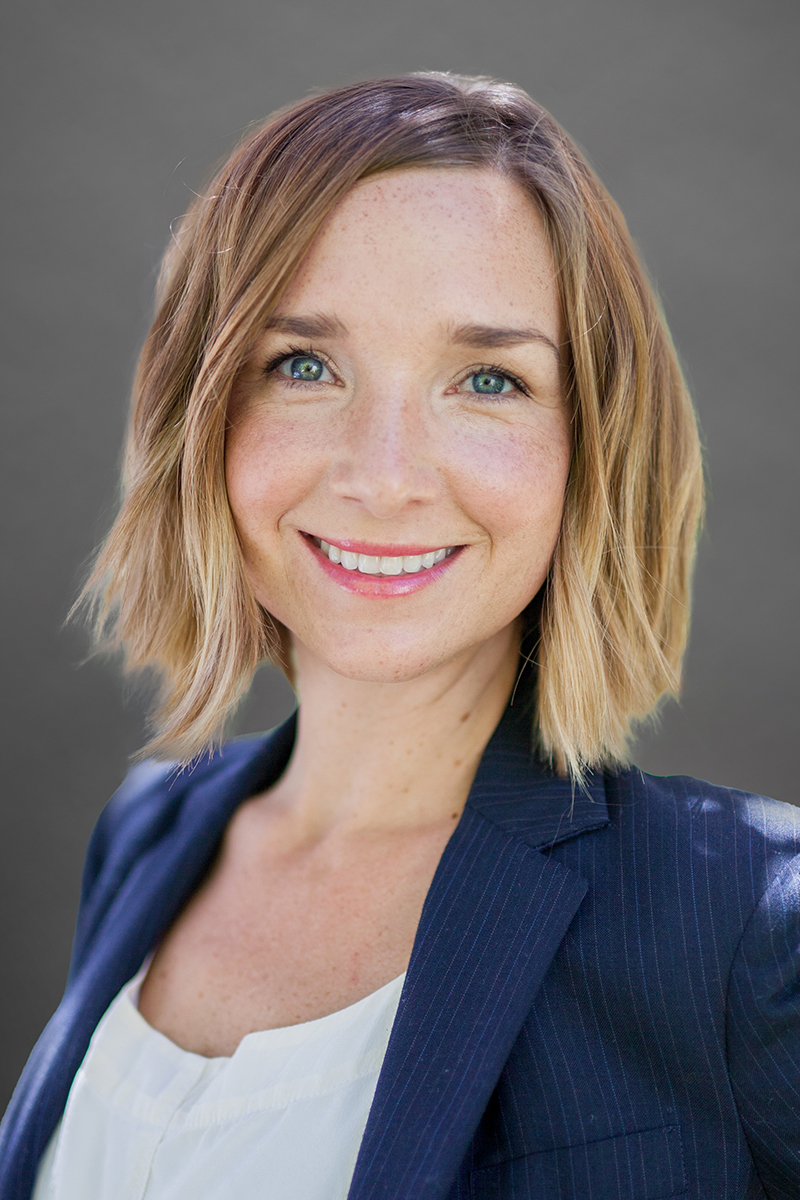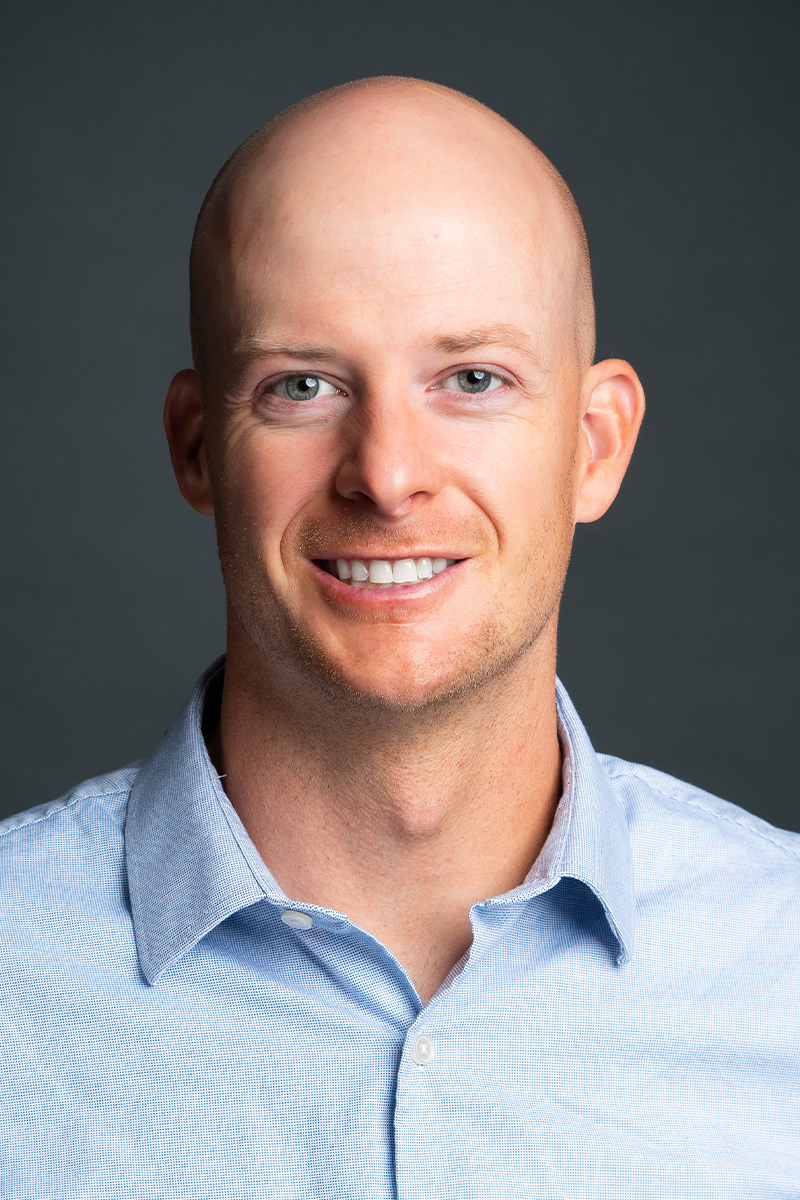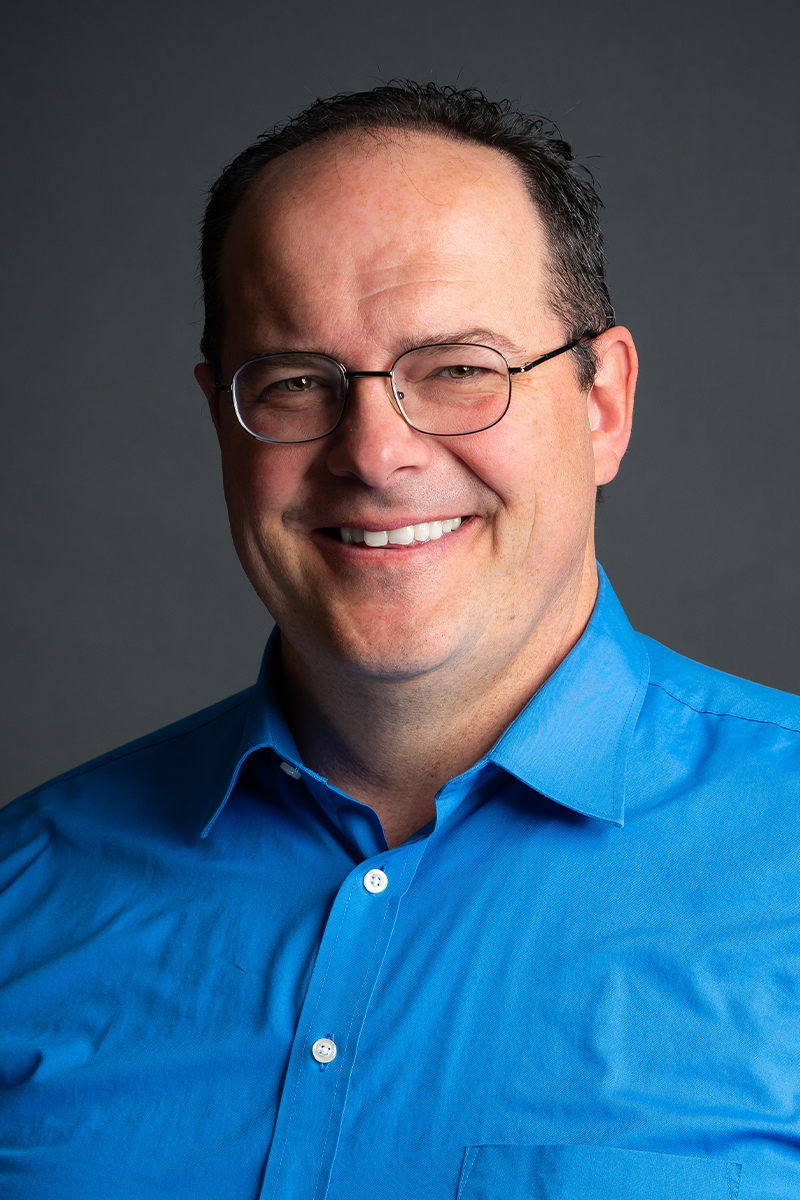When asked what we want most in life, the majority of us will reply that we want to be happy. This desire drives much of our decision making and is the motivation behind almost everything we do. Times of elation, achievement, success, and victory are often described as “the happiest” moments of our lives. So how can we be happy? And, just as important, how can we “teach” happiness to our children?

Chicken and Egg
I believe the first step is to change the formula we’ve all been taught about happiness. In his book, “The Happiness Advantage,” Shawn Achor describes the traditional thinking this way:
“If you work hard, you’ll become successful, and once you become successful, then you’ll be happy.”
He goes on to explain that the problem with this equation is that it’s completely backward. Over more than twenty years now, the fields of positive psychology and neuroscience have shown that happiness is one of the precursors to success, not just a result of it. Again, from his book:
“…happiness and optimism actually fuel performance and achievement. …Waiting to be happy limits our brain’s potential for success, whereas cultivating positive brains makes us more motivated, efficient, resilient, creative, and productive, which drives performance upwards.”
Even though the Declaration of Independence famously lists “the pursuit of happiness” as one of our inalienable rights, it turns out that happiness is more a decision and manner of living than a pursuit or achievement. This paradigm shift can make a tremendous difference, and increase our likelihood of being truly happy and successful, in that order.
Certainly, there are times when emotional and psychological problems complicate the picture significantly and may require professional help. At Canyon View Pediatrics, we can help to determine if your child falls into this category. If you, as a parent, are struggling with anxiety, depression, or other related conditions, our family medicine colleagues can be of assistance. But even in these circumstances, the concepts and practices of positive psychology are an essential part of being a happy person.
So how is this to be done? And how is it then to be taught? Well, Mr. Achor’s entire book proposes answers to those questions. It is a fairly fast and entertaining read, so I highly recommend it. But I will summarize just two of the important concepts, specifically regarding how we can help our children live in greater happiness.

Growth Mindset
In her book, “Mindset,” psychologist Carol Dweck, Ph.D., describes the concepts of “fixed” and “growth” mindsets, backed by years of research through dozens of studies. To have a full appreciation for this important topic, I recommend her whole book, which is also a fast and entertaining read. I will briefly summarize the main ideas and how they pertain to our children.
The fixed mindset basically says that things (and people) are how they are and can’t change. Phrases which exemplify the fixed mindset are the following:
That’s just how I am.
I’m not good enough.
I’m a failure.
Why even try?
I can never get it right.
Bad things always happen to me.
On the other hand, the growth mindset is exemplified by phrases like:
I’ll get it next time.
I know I can do better.
I failed that test, but I’m not a failure.
I’ve got this.
Good things are coming.
I can do anything.
This is more than just blind optimism. It’s a state of mind and being, with far-reaching implications for the path of our lives. Those who consistently stay on the growth side of the mindset spectrum achieve significantly more success than those who tend towards fixed mindset thinking.
My challenge to all of us as parents is to cultivate the growth mindset in ourselves and help our children to do the same. The most practical and measurable way of doing this is to carefully consider the words we use, especially when we are around our children, ensuring that they convey the positivity of the growth mindset. If we catch ourselves expressing fixed mindset ideas, we can consciously turn those phrases around to model the growth mindset attitude.
This must begin with paying closer attention to our own self-talk, and the stories we tell ourselves. If our internal dialogue is overly negative and critical, this will likely spill over into our treatment of others, especially our children. It has been said that we should treat ourselves like someone we care about. If we talk to ourselves in a way that would be inappropriate for our friends and loved ones, then the change should start here.
Circle of Control
This concept is illustrated by the story of Zorro. You may recall that when Alejandro (later Zorro) first encountered the old sword master Don Diego, the younger man was broken by years of drinking and bad decisions. He felt completely helpless, having (in his view) no control over his own life. Don Diego had to help Alejandro become the director of his own life, and develop real self-control for the first time.
Don Diego drew a circle in the dirt around Alejandro and told him that he must become the master of only that small space. He said, “This circle will be your world. Your whole life. Until I tell you otherwise, there is nothing outside of it.” Once Alejandro mastered control of the circle, he was gradually given other and greater challenges. As he gained greater abilities and discipline, he also regained control of his life, becoming the master of his world. This helped him to overcome the despair that results from falling prey to the victim mentality and restored the internal locus of control necessary for growth and success. Once again, from Achor’s book:
“Feeling that we are in control, that we are masters of our own fate at work and at home, is one of the strongest drivers of both well-being and performance.”
My second challenge to all of us as parents is to teach our children how to be the directors of their own lives. The most powerful way to do this is through example. Do our words and actions demonstrate discipline and control, or are they more reflective of the victim mentality? If there are areas of our lives that we can’t seem to master, we may need to start with a small circle, and gradually increase it. This is likely to be the case for our children as well.
An example in the Achor book describes a man whose desk at work was chronically messy, to the point that his productivity nearly ground to a halt. He was given the task of clearing one small corner of his desk, which he did fairly quickly. Rather than progressing to the rest of the desk, he was then charged with defending that small area for the next day, keeping it organized and clean. Gradually he tackled other small sections of the desk until he once again had control over his domain (or at least his desk).
We can employ the same techniques with our children, from toddlers to teen. Consider how this concept can apply to our young ones in cleaning their rooms, completing their homework, getting out of bed on time, yelling at siblings or parents, common chores, reading a book, and dozens of other everyday situations. Gradually they can experience the increased self-esteem that comes with being masters of their own circles of control.
Your Brain on Positive
Our effectiveness in spreading the “happiness advantage,” and teaching it to our children, will depend entirely on our ability to make the necessary changes in ourselves first. Positivity breeds positivity. The ideas of the growth mindset and circle of control, among other concepts of positive psychology, can transform our lives and our family experiences. When we choose happiness as our way of life, greater success will necessarily follow. And this will be true for our children as well.



